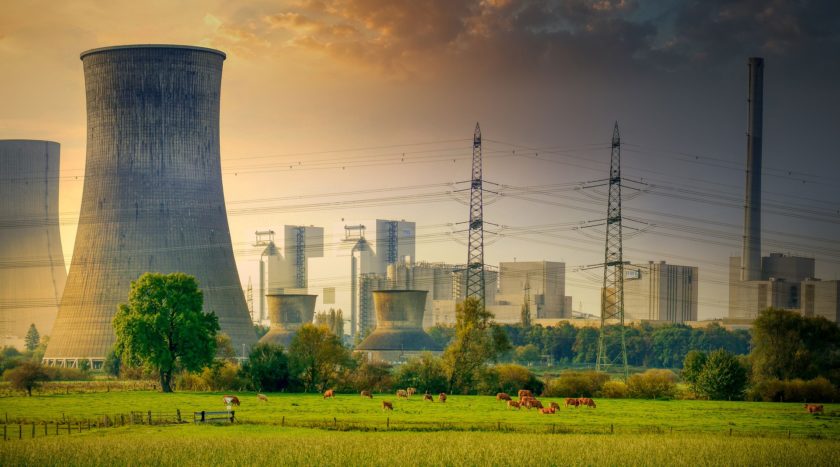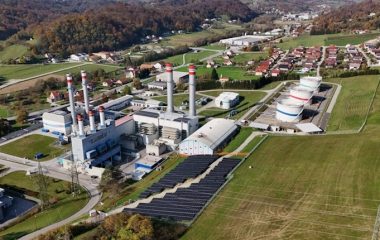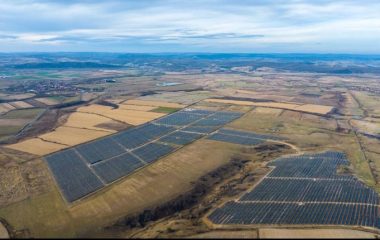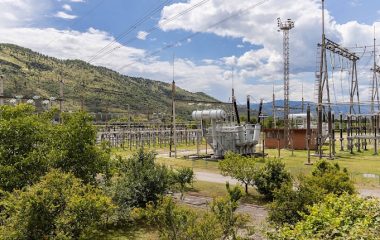
Photo: Albrecht Fietz from Pixabay
Spain is on track to phase out nuclear power and coal power and to decommission several oil-fired plants between 2025 and 2035, and replace them with renewables. However, the country will need to invest in energy storage technologies to strengthen the security of supply.
Phasing out nuclear power, coal power and several oil-fired plants between 2025 and 2035 is part of the country’s National Energy and Climate Plan 2021-2030, which sets out specific carbon emission reduction targets, according to GlobalData’s latest report, ‘Spain Power Market Outlook to 2030, Update 2021 – Market Trends, Regulations, and Competitive Landscape’.
Nuclear power capacity is seen declining rapidly from 7.1 GW in 2020 to 3 GW by 2030
The Spanish government will start its nuclear power phase-out in 2027, with a plan to complete it by 2035, and the capacity should decline rapidly from 7.1 GW in 2020 to 3 GW by 2030, translating to a drop in the production share from 22.5% to 7.8%, GlobalData said.
The nuclear power plants are operated by Iberdrola and Endesa.
The country had started the process of phasing out coal power in 2020 by decommissioning approximately seven coal power plants with a capacity of 3.95 GW. The aim is to stop producing electricity from coal by 2025 and to gradually decommission several oil-fired plants by 2030 to meet Spain’s carbon emission reduction targets.
The country has been a net importer of power since 2016, and its power imports will further increase
However, gas capacity is expected to remain almost constant from 2021 to 2030, GlobalData said.
Although Spain is rapidly moving towards a green energy future, the phaseout of coal and nuclear power plants in a short time frame may endanger the security of supply. The country has been a net importer of power since 2016, and its power imports will further increase if the void caused by the coal and nuclear power phaseout is not filled by renewable power sources.
Rohit Ravetkar, Power Analyst at GlobalData, said that phaseout of coal and nuclear power plants and the gradual decommissioning of oil-fired plants would be offset with a simultaneous and gradual increase in renewable power capacity.
“Due to the intermittent nature of renewables, the country will have to significantly invest in energy storage technologies once coal and nuclear power exit the generation mix,” Ravetkar underlined.


















Be the first one to comment on this article.